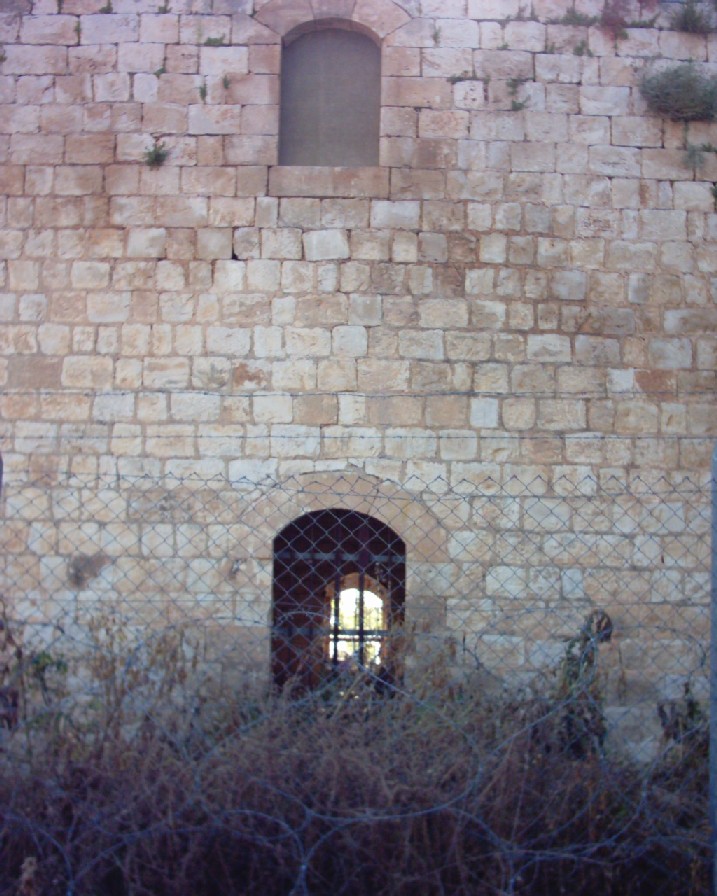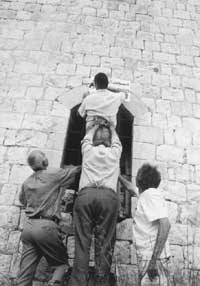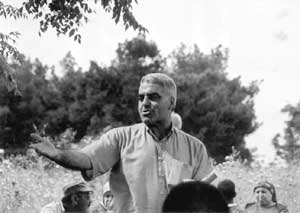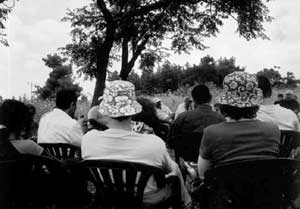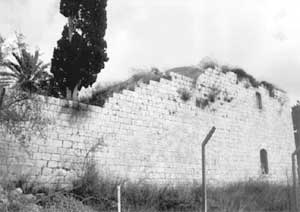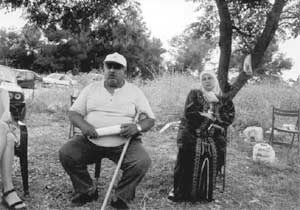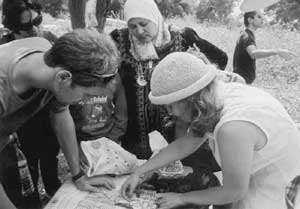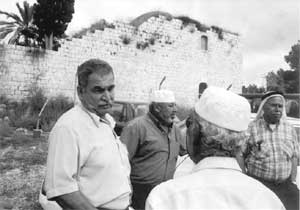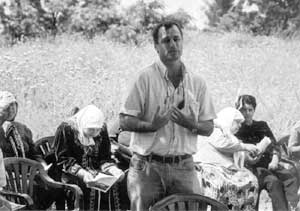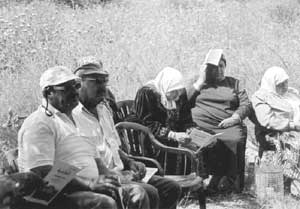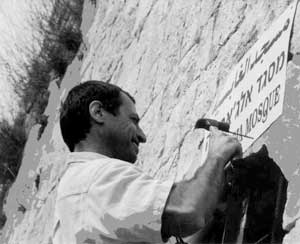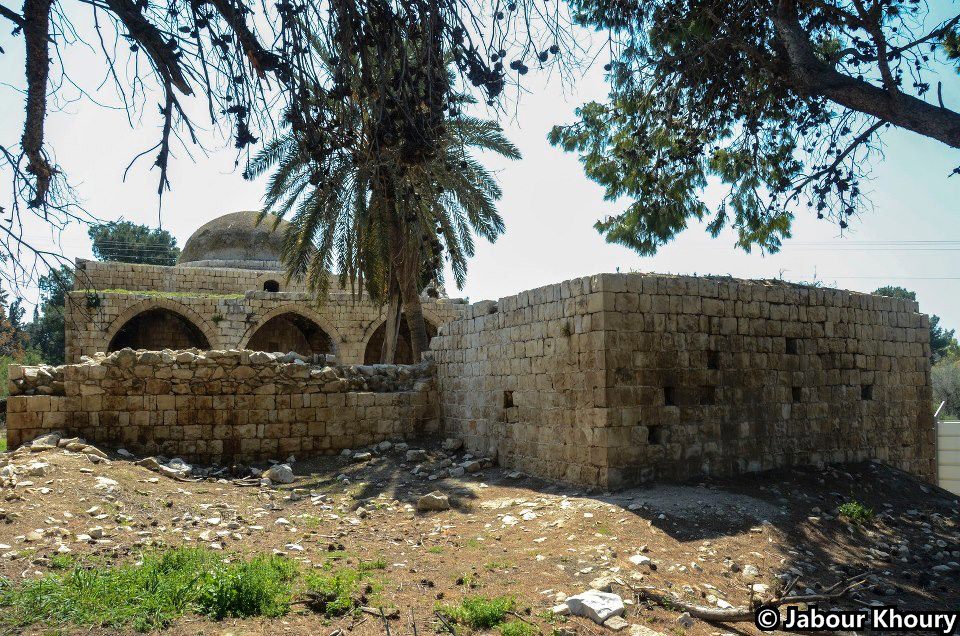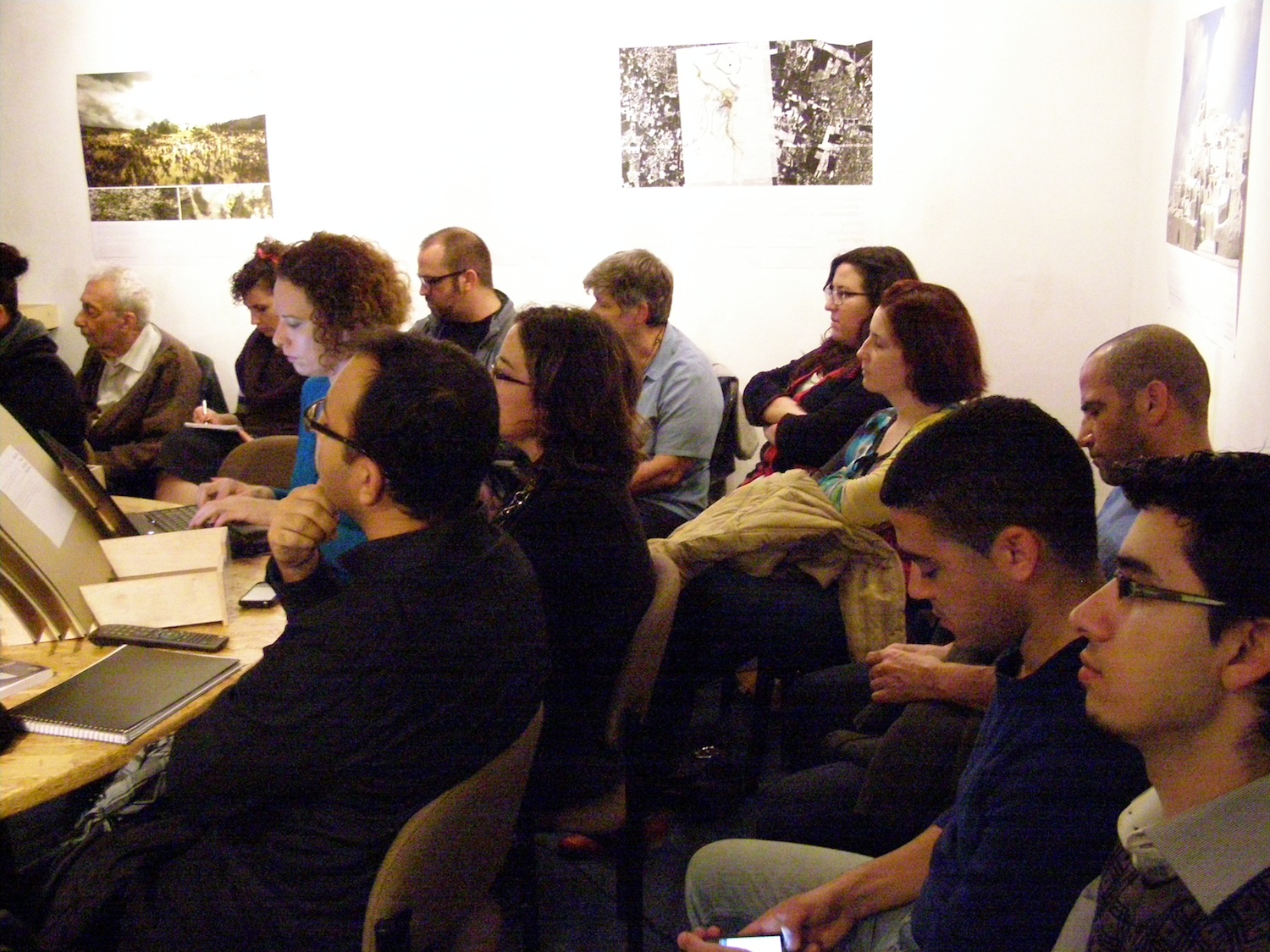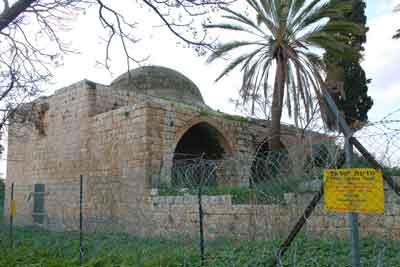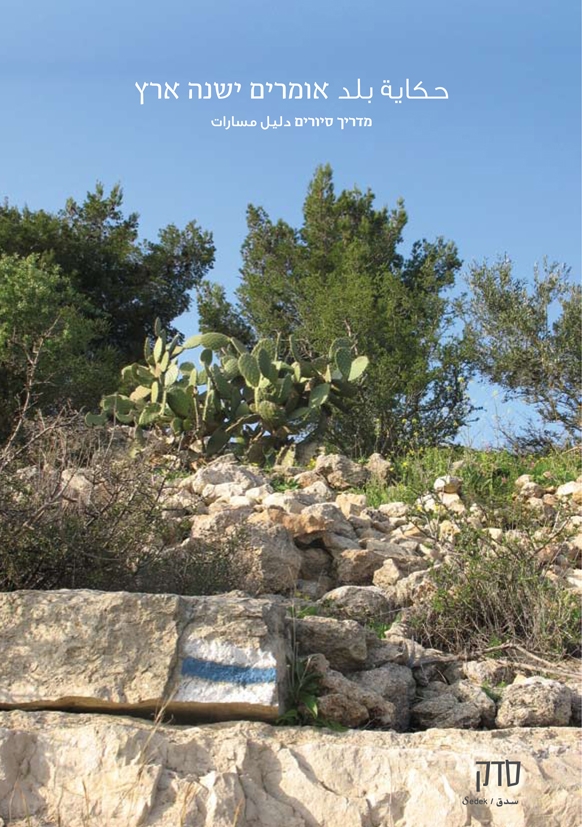Info
District: Akka (Acre)
Population 1948: 800
Occupation date: 21/05/1948
Jewish settlements on village/town land before 1948: None
Jewish settlements on village/town land after 1948: Netiv Hashayara
Background:
The village stood on a rocky hill that jutted up from the plain of Acre, 11.5 km northeast of it. It was on the foothills of the western Galilee mountains and lay just south of a highway that connected Tarshiha, the Zionist settlement of Nahariyya, and Acre.
Al-Ghabisiyya fell at the end of Operation Ban-Ami, the Haganah's invasion of the northwest corner of Palestine. The operation, which began on 13-14 May 1948, was the last major Haganah offensive before the end of the British Mandate in Palestine. It was designed to capture all the coastal villages from Acre northwards ot the Lebanese border. In the words of Israeli historian Benny Morris, this was "in line with Plan Dalet's provision fir securing blocks of Jewish settlement even outside the Partition plan borders."
The Carmeli Brigade, which carried out the operation, was given the order on 19 May 1948, "to attack in order to conquer, to kill among the men, to destroy and burn the villages of Al Kabri, Umm al Faraj and an Nahr." Morris adds that al-Kabri was occupied the following night, on 20-21 May, as part of the second stage of Operation Ben-Ami. Along with a series of villages in western Galilee, north of Acre, al-Nahr was captured on 20-21 May 1948, during this second phase of the operation. Units of the Carmeli Brigade attacked al-Ghabisiyya, the last village taken during Operation Ben-Ami, on 20-21 May 1948. Morris states that the village surrendered formally and that some of its population were expelled "sometime during the following days or weeks."
The attack was waged from two directions, the north and southeast, according to the testimony of some of the villagers interviewed by Palestinian historian Nafez Nazzal. The occupying forces captured a house in the southernmost corner of the village and proceeded to shell the village from the house, killing and injuring many of the villagers while they were fleeing. Others had been evacuated earlier, due to the fall of Acre. The village militia decided not to confront the Zionist forces, because "we were too few [around twenty] and very poorly armed," as some villagers later recalled. Most of those who were driven out remained in other villages in Galilee until the whole region at the end of October 1948; after that, they were displaced to Lebanon. But according to Israeli sources cited by Morris, some inhabitants remained in al-Ghabisiyya until February 1949. During that month, there was a second expulsion, this time by the Military Government, on grounds of "security, law and order." It is not clear where the expelled villagers were taken.
After al-Ghabisiyya and its two neighboring villages of Shaykh Dannun and Shaykh Dawud were evacuated, the Israeli government permitted some of the inhabitants of the latter two villages to return to their homes. Those who had not sought refuge in Lebanon came back and were joined by a few families from al-Ghabisiyya, al-Nahr, al-Tall, Umm al-Faraj, 'Amqa, and Kuwaykat. The two small villages of Shaykh Dannun and Shaykh Dawud were merged to form a jiont village called Shaykh Dannun; in 1973, it had a population of about 1,000. The village of al-Ghabisiyya, however, was not repopulated.
In 1950, Jewish immigrants from Iraq established the settlement of Netiv ha-Shayyara, 1.25 km west of the village site, on village lands.
The only landmark that remains is the mosque – a domes, stone structure, whith arched doors and windows and decorative arches in the interior. It is deserted, the cement plaster on the dome is peeling off, and wild shrubs cover the rest of the roof. The debris of houses, terraces, and the village cemetery can be seen amidst a thick forest of cypress trees that was planted on the village site and part of the land. Cactuses also grow on the site. The settlement of Netiv ha-Shayyara uses the adjacent non-forested land for agriculture.
Videos
Zochrot organized a symposium about the right of return of the Palestinian refugees and internally displaced persons.
a refugee from the village of al-Ghabisiyya
The 3rd International Conference on the Return of Palestinian Refugees
"Our Return" is A joint project from the Arab Association for Human Rights, the Association for the Defence of the Rights of the Internally Displaced, Baladna -- Association for Arab Youth, and Zochrot.
Social TV report on Udna project at al-Ghabisiyya destroyed village in the North
The final film the project: "Our Return" - Visualize the Return
"Our Return" project


